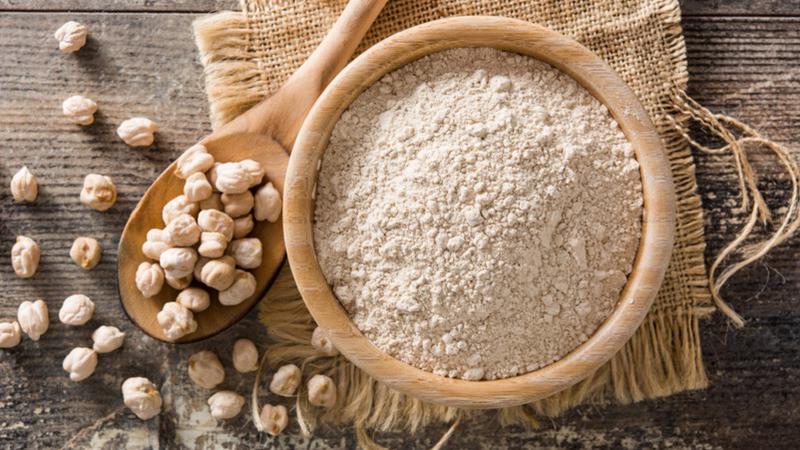
Improving pulse flours for consumer use
Chickpeas, lentils, beans and peas could be found in brownies, vegan meats and salad dressings which is beyond the usual bean salads and hummus.
Chitra Sivakumar, who conducted her doctoral research on pulse flours, wants a specific flour for a specific product. Her work explored how particle size, protein and starch, and other micro-properties of milled pulse flour influence the quality of the end product.
Processing rice and wheat flours is standardized because of well-established research on these crops, however, pulse flours have not received the same attention.
Sivakumar said consumers and food producers are interested in pulse-based food products because beans and lentils are great sources of fibre and protein. They’re also good for the environment. Pulse Canada estimates that growing 10 million acres of pulses can capture 4.1 million tonnes of CO2 emission per year which is the output of approximately 1.2 million passenger vehicles.


